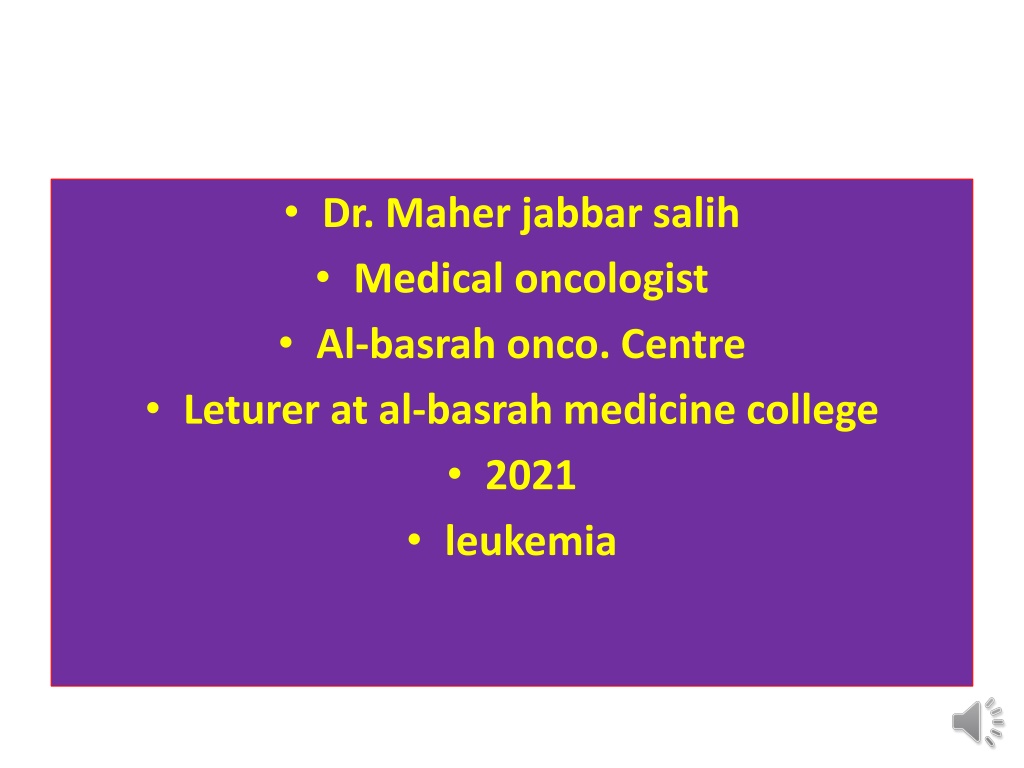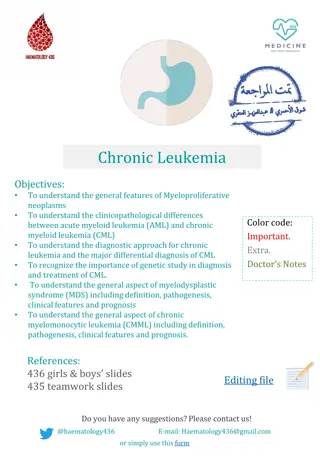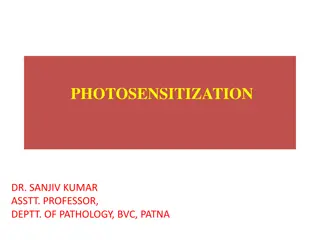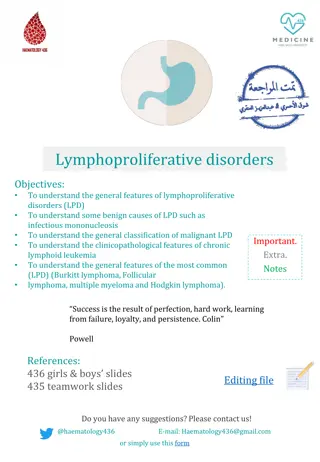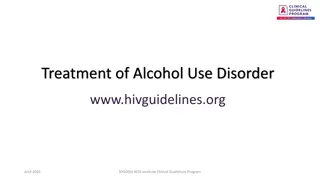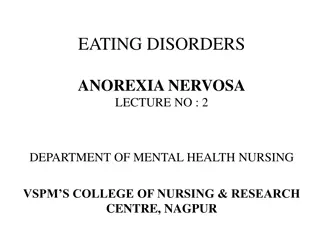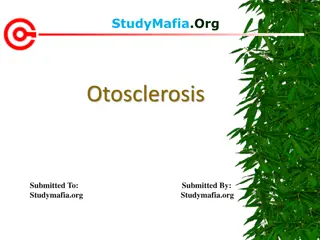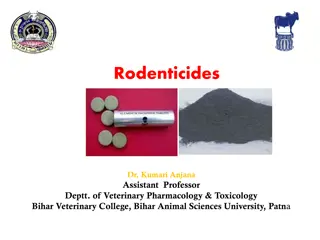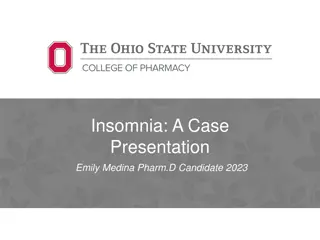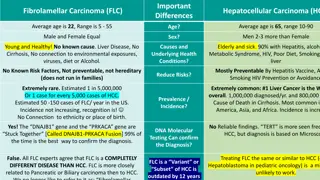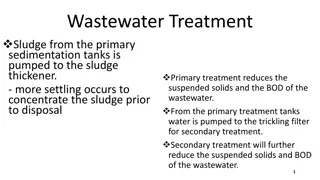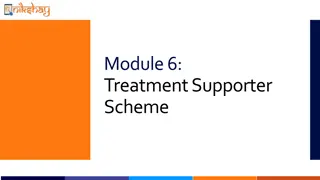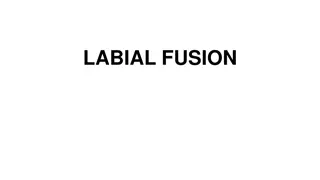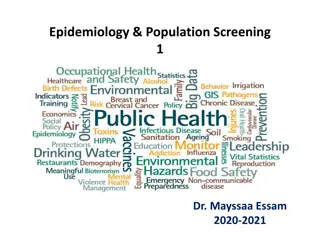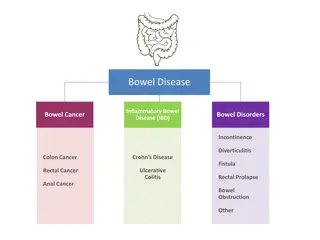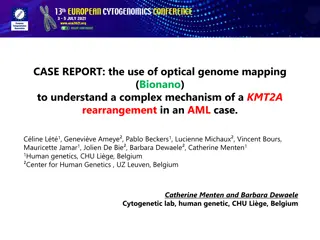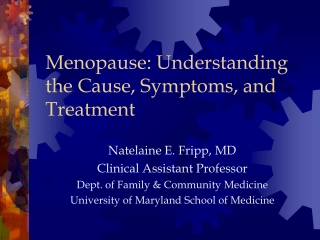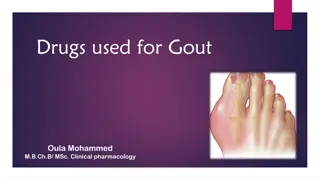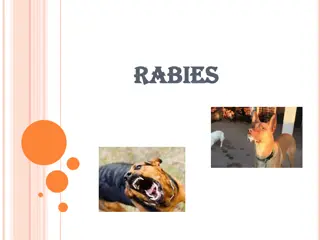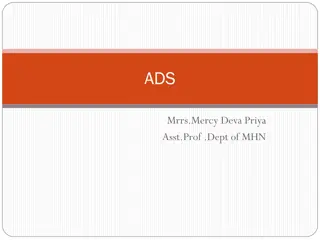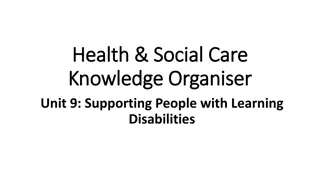Understanding Leukemia: Causes, Types, and Treatment Options
Leukemia is a group of blood disorders characterized by abnormal white blood cell production. Factors like genetics, environment, and mutations in DNA play a role in its development. Acute leukemia requires urgent treatment due to rapid cell growth, while chronic leukemia progresses more slowly. The main clinical types include acute lymphoblastic leukemia (ALL) and acute myelogenous leukemia (AML), each affecting different age groups. Treatment typically involves chemotherapy and radiotherapy.
Download Presentation

Please find below an Image/Link to download the presentation.
The content on the website is provided AS IS for your information and personal use only. It may not be sold, licensed, or shared on other websites without obtaining consent from the author. Download presentation by click this link. If you encounter any issues during the download, it is possible that the publisher has removed the file from their server.
E N D
Presentation Transcript
Dr. Maher jabbar salih Medical oncologist Al-basrah onco. Centre Leturer at al-basrah medicine college 2021 leukemia
Leukemias Group of blood disorder that characterized by excess number of white blood cells in the bone marrow and these cells are immatuer or not well developed and called blast .
Pathogenesis and risk factors A combination of genetic factors and environmental (non- inherited) factors are believed to play a role. Risk factors include : Smoking AML ionizing radiation .AML some chemicals (such as benzene)..AML prior chemotherapy .AML Down syndrome. People with a family history of leukemia are also at higher risk.(inherited causes) Pheladelphia chromosome seen in 95% in CML pt. Viruses: HIV.
How do these factors cause leukemia in some patients but not in others ? Is still not well defined . Leukemia results from mutations in the DNA. Certain mutations can trigger leukemia by activating oncogenes or deactivating tumor suppressor genes, and thereby disrupting the regulation of cell death, differentiation or division. These mutations may occur spontaneously or as a result of exposure to radiation or carcinogenic substances.
Acute leukemia is characterized by rapid increase in the number of immature blood cells. The crowding that results from such cells makes the bone marrow unable to produce healthy blood cells resulting in low hemoglobin and low platelets so the treatment is urgent.
Chronic leukemia is characterized by the excessive buildup of relatively mature, but still abnormal, white blood cells. Typically taking months or years to progress, the cells are produced at a much higher rate than normal, resulting in many abnormal white blood cells the treatment is not immediate and watchfull waiting may be considered .
Main Clinical types Acute lymphoblastic leukemia (ALL) is the most common type of leukemia in young children. It also affects adults, especially those 65 and older. Standard treatments involve chemotherapy and radiotherapy. While most cases of ALL occur in children, 80% of deaths from ALL occur in adults.[14] Acute myelogenous leukemia (AML) occurs far more commonly in adults than in children, and more commonly in men than women. It is treated with chemotherapy. The five-year survival rate is 20%.
Chronic types : Chronic myelogenous leukemia (CML) occurs mainly in adults; a very small number of children also develop this disease. It is treated with imatinib (Gleevec in United States, Glivec in Europe) or other drugs. The five-year survival rate is 90%.. One subtype is chronic myelomonocytic leukemia. Chronic lymphocytic leukemia (CLL) most often affects adults over the age of 55. It sometimes occurs in younger adults, but it almost never affects children. Two-thirds of affected people are men. The five-year survival rate is 85%.[15] It is incurable, but there are many effective treatments. One subtype is B-cell prolymphocytic leukemia, a more aggressive disease.
Signs and symptoms The most common symptoms are easy bruising, pale skin, fever, and an enlarged spleen or liver.
Diagnostic methods After history and examination you need: CBC and blood film morphology .blast cells and cytopenia. ESR .high LCM flowcytometry subtypes of leukemia Bone marrow examination >20% blast in the bone marrow. Gen study may be needed (ph.chromosome and bcr-abl gen in CML) FNA from the LN may be needed .
Treatment in summery ALL: Needs combination treatment in phases : 1- induction phase..combination chemoth. 2- consolidation phase combination high dose chemoth. 3- CNS prphylaxis .intrathecal or radiotherapy . 4- maintenance therapy oral therapy and intrathecal therapy . 5- May consider bone marrow transplantaion for high risk relapse.
AML Combination chemoth.then either follow up or bone marrow transplantaion for high risk pt.
CLL: Observation is the main part of managing CLL and treatment (chemotherapy)given only if indications present : 1-Falling hemoglobin or platelet count 2-Progression to a later stage of disease 3-Painful, disease-related overgrowth of lymph nodes or spleen 4-An increase in the rate of lymphocyte production
CML : Since the bcr-abl gen mutation present in about 95% the imatinib (gleevec )is the main part of treatment. Gleevec is atyrosine kinase inhibitor that inhibit the active tyrosine kinase involved in the pathogenesis of CML . it has relatively few side effects and can be taken orally at home. With this drug, more than 90% of people will be able to keep the disease in check for at least five years,[54] so that CML becomes a chronic, manageable condition.
Summery 4 main types of leukemias (ALL,AML,CLL.CML) The abnormal growth of white blood cells will crowed the other bone marrow components to result in the bone marrow failure . Both inherited and environmental factors are involved in the pathogenesis. Bleeding and infection and anemia are the main symptoms.
Acute leukemias needs urgent treatment , while in chronic leukemia we can wait and treatment only if indicated . Observation can be an option in CLL . Bcr- abl gen is an important target in CML .
